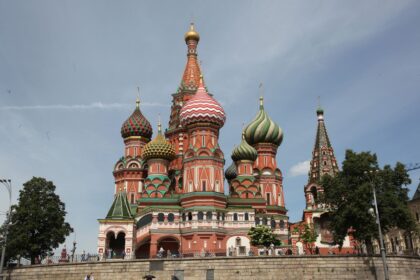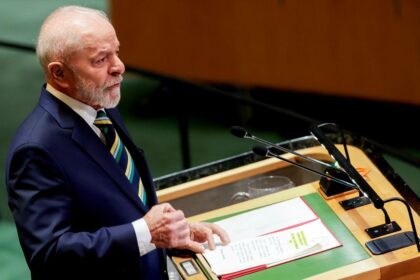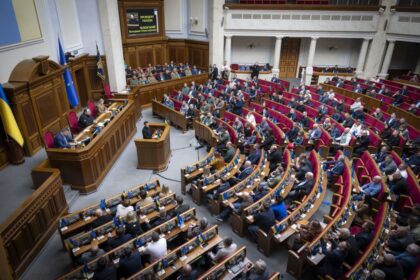**India’s Cities Need Billions to Tackle Climate Change**
India is facing a huge challenge in building climate-resilient cities. The World Bank says that the country needs to invest over $2.4 trillion by 2050 to make its urban infrastructure more resilient to extreme weather events caused by climate change.
The problem is getting worse as India’s cities are growing fast. More people are moving from rural areas to cities, which puts a lot of pressure on existing infrastructure like roads, buildings, and public services. At the same time, the country is experiencing more frequent and severe weather events like floods, droughts, and heatwaves due to climate change.
The World Bank’s estimate of $2.4 trillion is a huge amount that will require significant investment from the government and private sector. It includes money for building new infrastructure, upgrading existing ones, and implementing policies to reduce greenhouse gas emissions.
**A Major Test for India**
India’s cities are already struggling with issues like air pollution, water scarcity, and traffic congestion. The country needs to invest in climate-resilient infrastructure to protect its citizens from the impacts of climate change. This includes building more flood-resistant buildings, creating green spaces to absorb carbon dioxide, and improving public transportation systems.
The World Bank’s report also highlights the importance of implementing policies to reduce greenhouse gas emissions. India can learn from other countries that have successfully transitioned to cleaner energy sources like solar and wind power.
**A Wake-up Call**
The World Bank’s estimate should be a wake-up call for Indian policymakers to take immediate action. Investing in climate-resilient infrastructure will not only help the country adapt to climate change but also create jobs, improve public health, and boost economic growth.
In conclusion, India’s cities face significant challenges from climate change, and investing over $2.4 trillion by 2050 is a crucial step towards building a more resilient urban infrastructure. The government, private sector, and citizens must work together to make this happen.
Read More @ www.reuters.com












